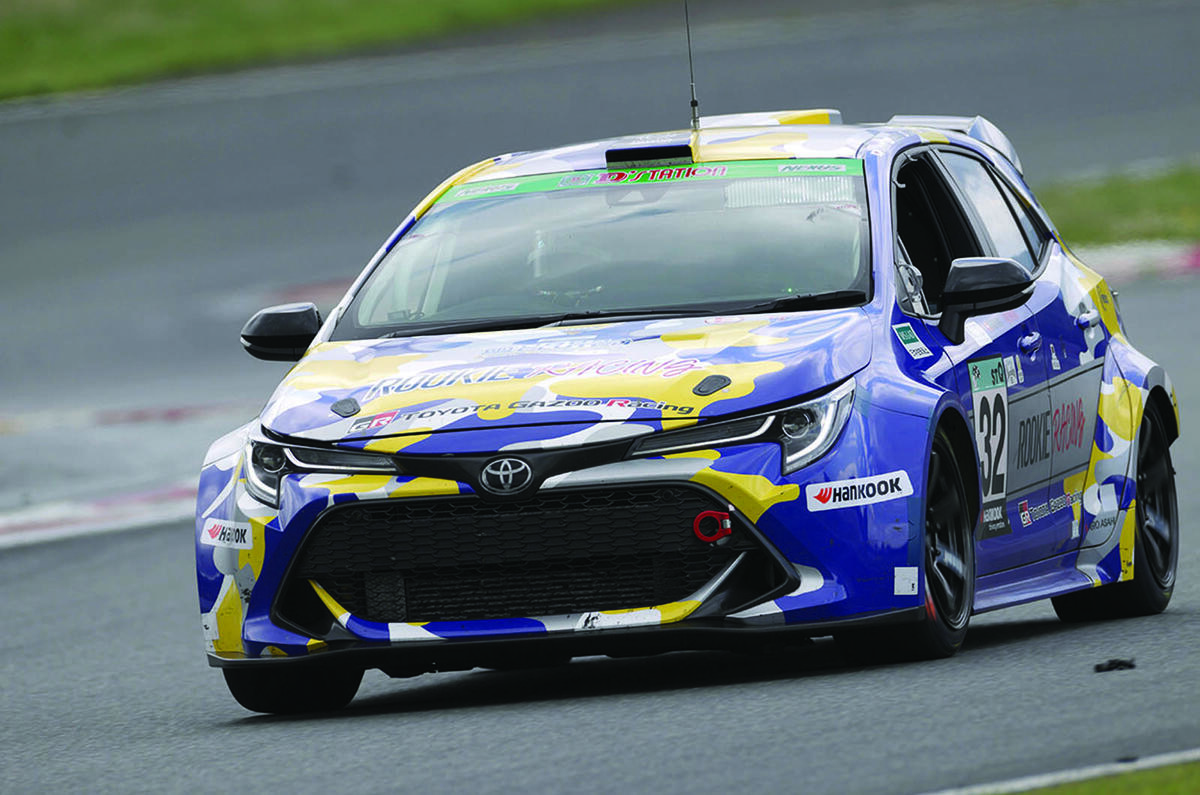They say you don’t need to be a rocket scientist to answer most questions, but on the subject of the potential of hydrogen to fuel internal combustion engines, I’ve turned to one.
So let me acknowledge the direct help of David Peilow in creating this column.




Add your comment